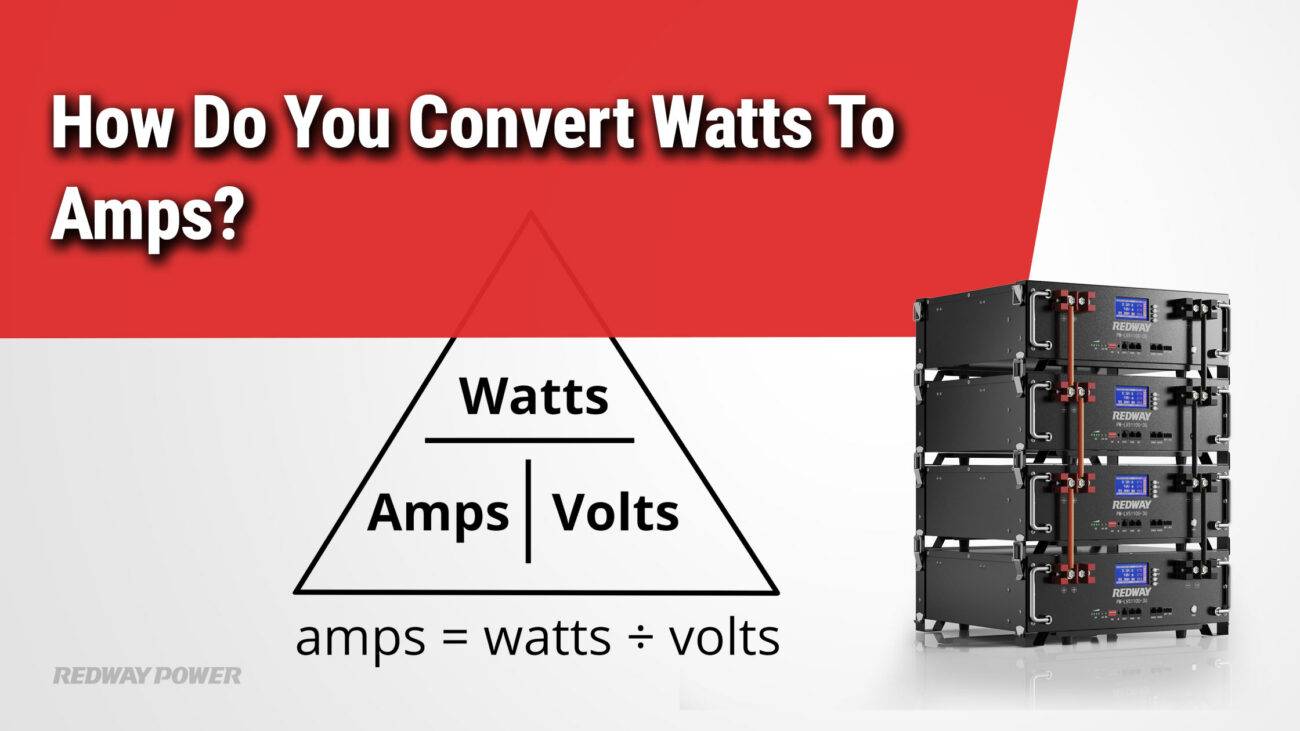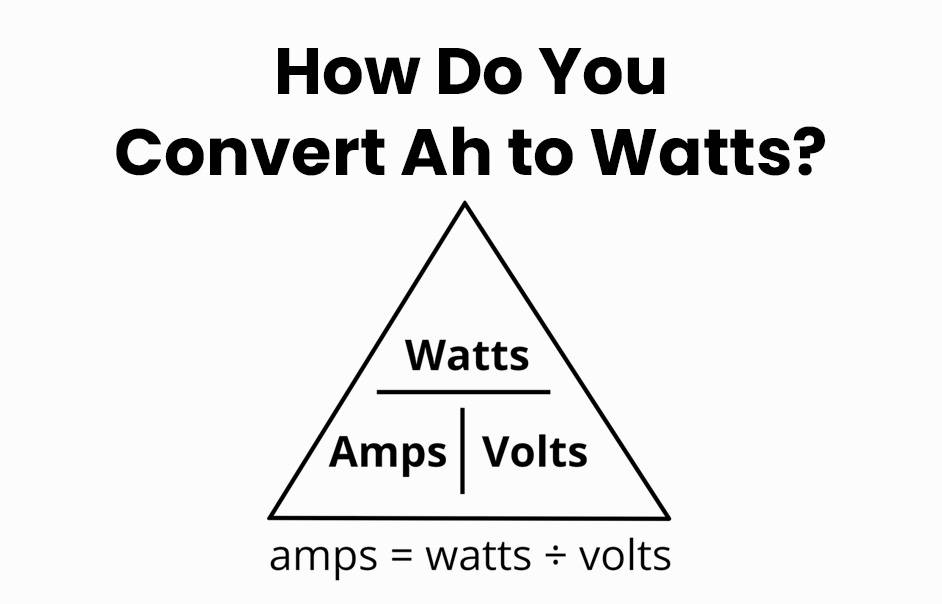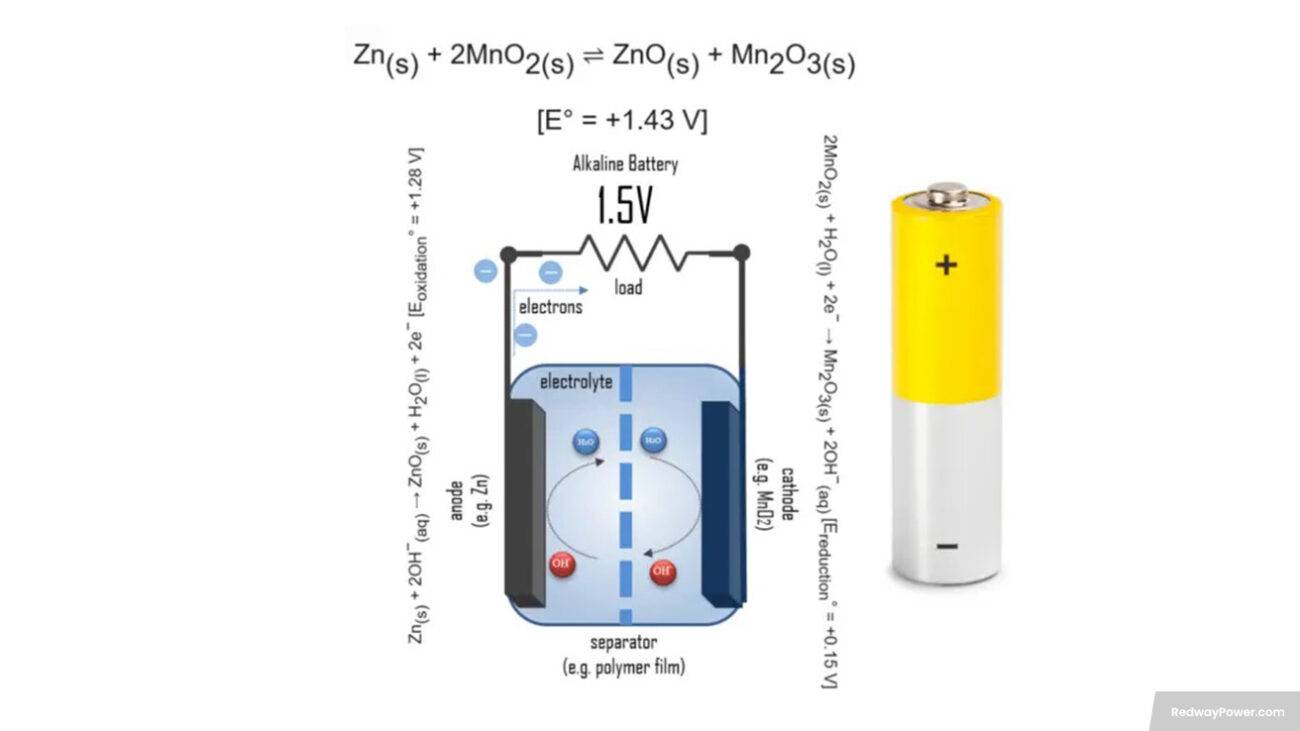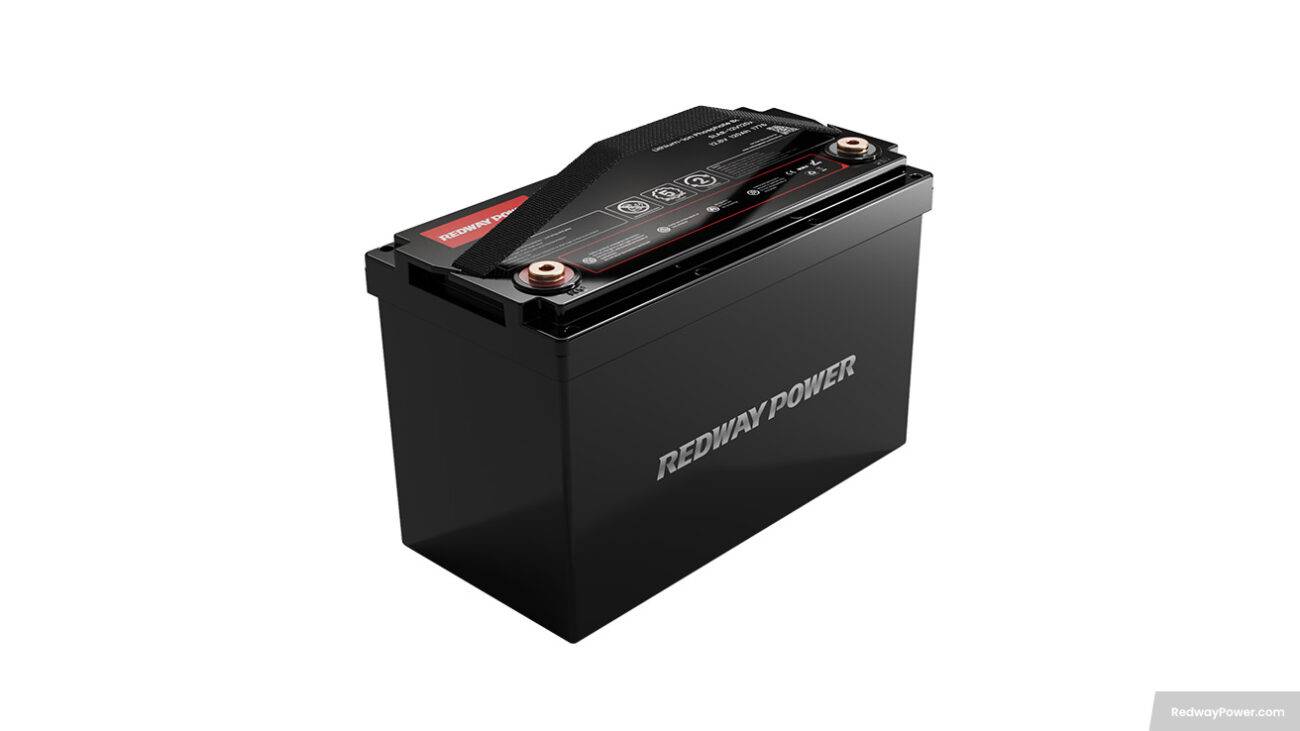- Lithium Golf Cart Battery
- Forklift Lithium Battery
-
48V
- 48V 210Ah
- 48V 300Ah
- 48V 420Ah (949 x 349 x 569 mm)
- 48V 420Ah (950 x 421 x 450 mm)
- 48V 456Ah
- 48V 460Ah (830 x 630 x 590 mm)
- 48V 460Ah (950 x 421 x 450 mm)
- 48V 460Ah (800 x 630 x 600 mm)
- 48V 460Ah (820 x 660 x 470 mm)
- 48V 500Ah
- 48V 560Ah (810 x 630 x 600 mm)
- 48V 560Ah (950 x 592 x 450 mm)
- 48V 600Ah
- 48V 630Ah
-
48V
- 12V Lithium Battery
12V 150Ah Lithium RV Battery
Bluetooth App | BCI Group 31
LiFePO4 Lithium
Discharge Temperature -20°C ~ 65°C
Fast Charger 14.6V 50A
Solar MPPT Charging - 24V Lithium Battery
- 36V Lithium Battery
- 48V Lithium Battery
-
48V LiFePO4 Battery
- 48V 50Ah
- 48V 50Ah (for Golf Carts)
- 48V 60Ah (8D)
- 48V 100Ah (8D)
- 48V 100Ah
- 48V 100Ah (Discharge 100A for Golf Carts)
- 48V 100Ah (Discharge 150A for Golf Carts)
- 48V 100Ah (Discharge 200A for Golf Carts)
- 48V 150Ah (for Golf Carts)
- 48V 160Ah (Discharge 100A for Golf Carts)
- 48V 160Ah (Discharge 160A for Golf Carts)
-
48V LiFePO4 Battery
- 60V Lithium Battery
-
60V LiFePO4 Battery
- 60V 20Ah
- 60V 30Ah
- 60V 50Ah
- 60V 50Ah (Small Size / Side Terminal)
- 60V 100Ah (for Electric Motocycle, Electric Scooter, LSV, AGV)
- 60V 100Ah (for Forklift, AGV, Electric Scooter, Sweeper)
- 60V 150Ah (E-Motocycle / E-Scooter / E-Tricycle / Tour LSV)
- 60V 200Ah (for Forklift, AGV, Electric Scooter, Sweeper)
-
60V LiFePO4 Battery
- 72V~96V Lithium Battery
- Rack-mounted Lithium Battery
- E-Bike Battery
- All-in-One Home-ESS
- Wall-mount Battery ESS
-
Home-ESS Lithium Battery PowerWall
- 24V 100Ah 2.4kWh PW24100-S PowerWall
- 48V 50Ah 2.4kWh PW4850-S PowerWall
- 48V 50Ah 2.56kWh PW5150-S PowerWall
- 48V 100Ah 5.12kWh PW51100-F PowerWall (IP65)
- 48V 100Ah 5.12kWh PW51100-S PowerWall
- 48V 100Ah 5.12kWh PW51100-H PowerWall
- 48V 200Ah 10kWh PW51200-H PowerWall
- 48V 300Ah 15kWh PW51300-H PowerWall
PowerWall 51.2V 100Ah LiFePO4 Lithium Battery
Highly popular in Asia and Eastern Europe.
CE Certification | Home-ESS -
Home-ESS Lithium Battery PowerWall
- Portable Power Stations
Watts, Volts, Amps, and Ohms: What are the Differences
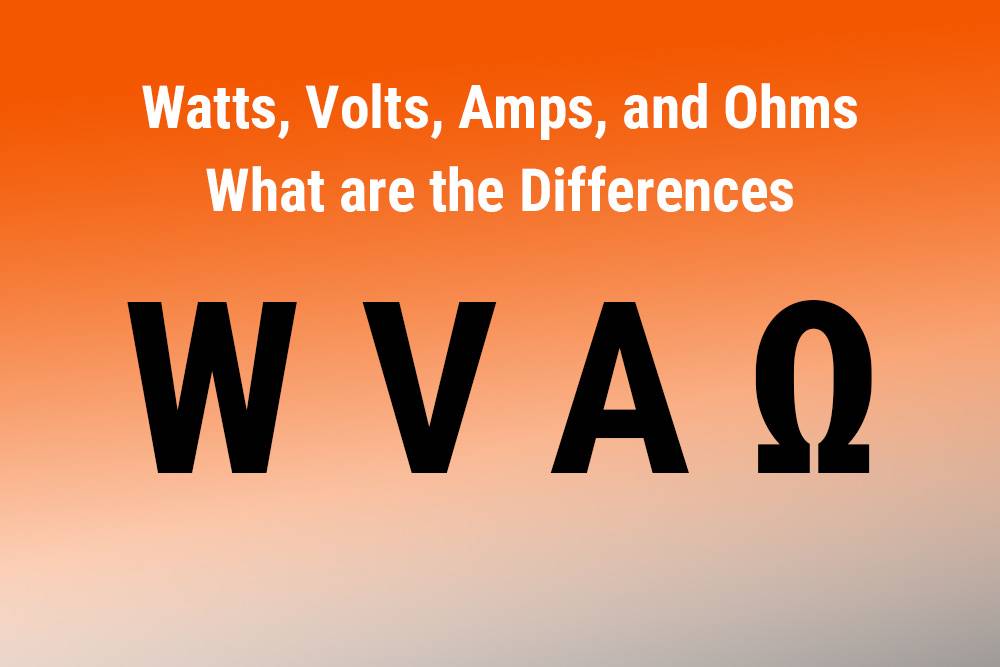
Watts, volts, amps, and ohms are fundamental units of measurement in electricity that describe different aspects of electrical systems. Understanding these terms is crucial for anyone working with or using electrical devices. Watts measure power, volts measure electrical potential, amps measure current flow, and ohms measure resistance. Together, they form the basis of Ohm’s Law, which governs electrical circuits.
What Are Watts and How Do They Relate to Electrical Power?
Watts (W) are the unit of power in an electrical system. They represent the rate at which energy is used or produced. In practical terms, wattage indicates how much electricity a device consumes while operating. For example, a 60-watt light bulb uses 60 watts of power when turned on.Chart: Understanding Wattage
| Device Type | Typical Wattage (W) |
|---|---|
| LED Light Bulb | 10-15 |
| Standard Light Bulb | 60 |
| Microwave Oven | 600-1200 |
| Electric Kettle | 1500-3000 |
What Are Volts and Their Role in Electrical Systems?
Volts (V) measure the electrical potential difference between two points in a circuit. This potential difference is what drives the flow of current through a conductor. Higher voltage means more potential energy is available to push electrons through the circuit.Chart: Voltage Levels in Common Applications
| Application | Voltage (V) |
|---|---|
| Household Outlets | 120-240 |
| Electric Vehicles | 400-800 |
| Industrial Equipment | 480 |
How Do Amps Function in an Electrical Circuit?
Amps (A), or amperes, measure the flow of electric current in a circuit. Current represents the amount of electric charge flowing per second. For instance, a circuit carrying 1 ampere means that one coulomb of charge passes through a point in the circuit every second.Chart: Current Flow Examples
| Device Type | Current Draw (A) |
|---|---|
| LED Light Bulb | 0.1-0.2 |
| Laptop Charger | 2-4 |
| Hair Dryer | 10-15 |
What Is Ohm’s Law and How Does It Connect These Units?
Ohm’s Law is a fundamental principle that relates voltage (V), current (I), and resistance (R) in an electrical circuit. The law states:V=I×RWhere:
- V is voltage in volts,
- I is current in amperes,
- R is resistance in ohms.
This relationship helps determine how much current will flow for a given voltage and resistance.Chart: Ohm’s Law Relationships
| Voltage (V) | Current (A) | Resistance (Ω) |
|---|---|---|
| 12 | 1 | 12 |
| 24 | 2 | 12 |
| 120 | 10 | 12 |
Why Is Resistance Measured in Ohms Important?
Resistance (Ω) measures how much a material opposes the flow of electric current. High resistance means less current will flow for a given voltage. Understanding resistance is crucial for designing circuits and ensuring they operate safely and efficiently.
How Do These Units Interact in Electrical Devices?
The interplay between watts, volts, amps, and ohms determines how electrical devices function. For example:
- Power Calculation: The power consumed by a device can be calculated using the formula:
P=V×I
Where P is power in watts, V is voltage, and I is current. - Safety Considerations: Knowing the amperage rating of wires and devices helps prevent overheating and potential fire hazards by ensuring that circuits are not overloaded.
FAQ Section
Q: What is the difference between volts and watts?
A: Volts measure electrical potential difference, while watts measure power consumption or production.Q: How do I calculate wattage from volts and amps?
A: Use the formula P=V×I, where P is power in watts, V is voltage in volts, and I is current in amps.Q: Why do we need to consider resistance?
A: Resistance affects how much current flows for a given voltage; understanding it helps design safe and efficient electrical systems.
Industrial News
Recent advancements in electrical technology emphasize improving energy efficiency and safety standards across various industries. Innovations include smart meters that provide real-time data on energy consumption and advanced circuit breakers that enhance protection against overloads. These developments aim to optimize energy usage while minimizing risks associated with electrical systems.
Redway Power Expert Views
“Understanding the relationship between volts, amps, watts, and ohms is essential for anyone involved in electrical work. Mastering these concepts not only enhances safety but also improves efficiency when designing or troubleshooting electrical systems,” states an expert from Redway Power.
What are Volts? Amps? Ohms? Watts?
FAQs
Why is it important to consider amps when designing an electrical system?
Amps are crucial in electrical system design because they determine the size of wires needed to ensure safety and efficient power delivery.
How does higher amperage affect wire size?
Higher amperage requires bigger wires to safely handle the electrical load. Properly sized wires are essential for preventing electrical fires and maintaining system integrity.
What is voltage drop, and how does it relate to amperage?
Voltage drop occurs when the voltage at the end of a cable is lower than at the beginning, often due to high amperage or long cable runs. Increasing wire diameter helps reduce voltage drop and ensures consistent power delivery.

Why is it important to conserve battery power in RV and boat applications?
Conserving battery power is crucial in mobile applications like RVs and boats. Higher amperage draws more battery power, so understanding and managing amps helps optimize battery usage.
How does increasing voltage affect amperage?
Increasing voltage reduces amperage for the same power output. For example, doubling the voltage halves the amperage required. This allows for smaller wire sizes and reduces system weight and complexity.
What factors should be considered when designing an electrical system?
When designing an electrical system, consider amps, volts, and watts, as they all play essential roles in power delivery. Understanding how these components interact ensures the creation of a safe and efficient electrical system.
What is an Ammeter?
An ammeter, also known as an ampere meter, is a device used to measure electric current in units of amperes (amps). It can measure both direct current (DC) and alternating current (AC). An ammeter is typically represented by a circle with the letter “A” inside.
How does an Ammeter Work?
An ammeter measures the current flowing through a component by connecting it in series with the circuit. It detects the flow of electricity, providing a reading in amps.

What are the Types of Ammeters?
There are two primary types of ammeters:
- Shunt Meter: Installed in permanent DC electrical installations, shunt meters are connected in series on the negative side of the circuit. They measure the current flowing through the system.
- Hall Sensor (Amp Clamp): Also known as amp clamps, these meters use a Hall sensor to measure both AC and DC current. They do not require breaking the wire and are commonly used in portable devices.
When Would You Use an Ammeter?
Ammeters are used by electricians, engineers, and enthusiasts to troubleshoot, design, and build electrical circuits. They help determine the current flow in individual wires, aiding in circuit verification and troubleshooting.
What is a Shunt?
A shunt is a low-resistance connection between two points in an electric circuit. In applications like RV battery systems, a shunt can be installed to monitor the state of charge of the battery/batteries.
What is Ampacity?
Ampacity refers to the maximum amount of current that a cable or wire can safely carry. It is crucial to choose wiring or cables with an ampacity rating higher than the anticipated current to prevent overheating and electrical fires.
Are AC Amps and DC Amps the Same?
While both AC (alternating current) and DC (direct current) refer to types of current flow, they are not the same. AC current changes direction periodically, while DC current flows in one direction only.

What is an Amp-Hour?
An amp-hour (Ah) is a unit of electric charge that describes a battery’s capacity to provide a continuous current for a specific duration. It is commonly used to measure the energy storage capacity of batteries in applications like RVs and boats.
Why Do Amps Matter in Electrical System Design?
Amps are crucial in electrical system design as they determine the wire size needed for safety and efficiency. Higher amps require larger wires, and understanding ampacity helps prevent overloading wires and devices. Additionally, higher voltage decreases amperage, reducing wire size and weight in electrical systems.















